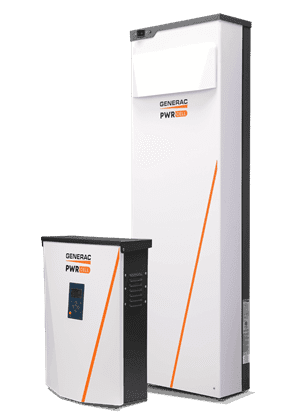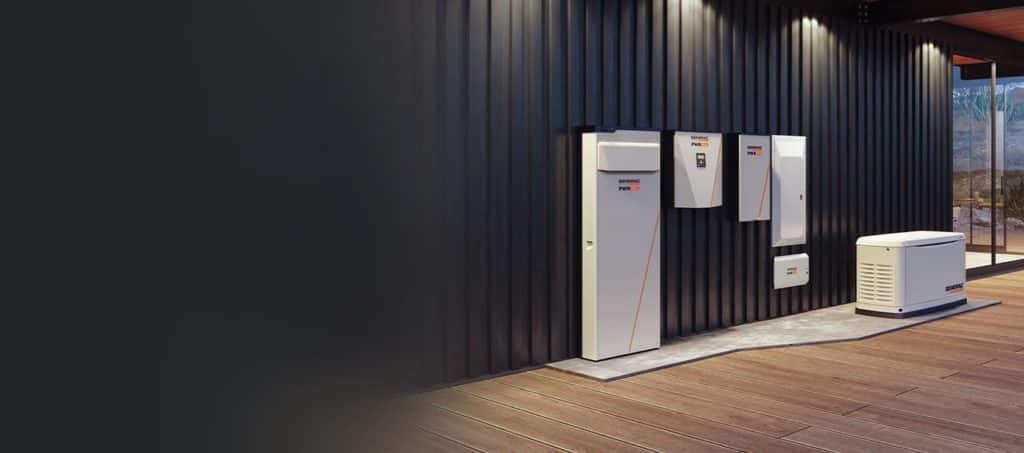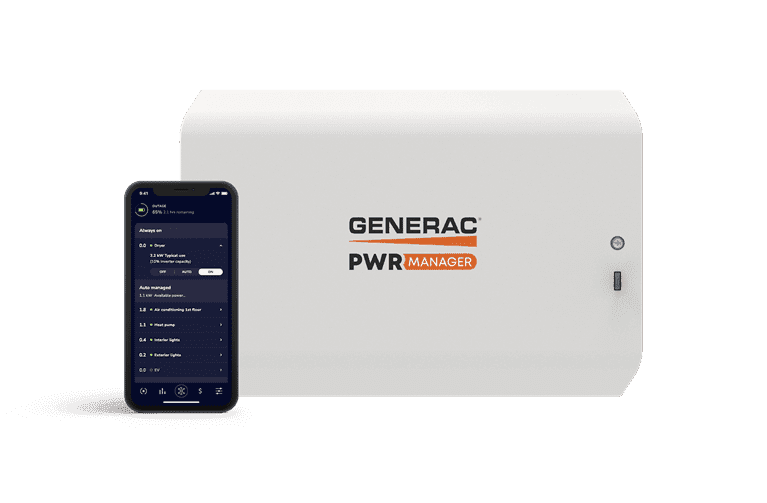Did you know that more energy falls on the earth from the sun– in one hour– than the world uses in one year?
Sunlight is converted into useful energy for buildings using a variety of ways. The most commonly used solar technologies for homes and businesses are solar photovoltaics or solar panel for electricity, passive solar design for space heating and cooling, and solar water heating.
Solar panels take advantage of one of nature's most powerful yet free resources; solar energy. Photovoltaic systems (PV systems), often known as solar panels, use semiconductor technology to convert sunlight energy into electricity that may power your home.
But are they the best option for your home?
Installing solar panels on your home provides a one of a kind opportunity; harnessing clean energy from the sun to provide you with sufficient power supply, while also helping to lower your electric bill and giving you a claim of 26% solar tax credit. This significant incentive has already resulted in the installation of solar panels by over 2 million homeowners. On average, more than 4,000 solar panels are installed in the US each month. The growing popularity of solar panels means that the prices have gone down by 60% over the past decade. The prices of solar panels have steadily decreased over the last years, as new technologies have been discovered by top brands to make solar energy components more cost-efficient for home owners.
Generac is a brand that has been at the forefront of using the latest technology to produce some of the most energy-efficient systems used in harnessing power from the sun. It manufactures all system components in-house, ensuring each element works together in one streamlined solar energy system for your home.
In this post, we are going to be talking about how Generac products enhance and support solar energy homes. But first, let's learn how solar energy work at home.
How Do Solar Panels Work?
When speaking about solar panels, it is important to distinguish between two main types:
- Photovoltaic panels that produce electricity
- Solar thermal panels that are used for heating purposes
Photovoltaic (PV) systems are commonly used solar panel systems in the US. Photovoltaic systems convert sunlight directly into electricity.
Solar cells are made of semiconductors, such as silicon, which absorb the sunlight and convert it into electricity. They are connected electrically and packed together in a frame, commonly known as a solar panel. When you connect multiple solar panels together, they form a solar array. And, finally, when you add the cabling, brackets, inverter, and so forth, the entire system forms your solar panel system.
The electrical conductors are attached to positive and negative terminals, thus forming an electrical circuit. From there, the electrons can be captured in the form of an electric current (electricity). This current, together with the cell's voltage (which is a result of its built-in electric field or fields), defines the power (or wattage) that the solar cell can produce, and is how solar panels convert sunlight into electricity.

1: The solar panels convert sunlight into DC electricity.
2: The DC electricity from the solar panels are wired through a DC-switch. The DC-switch is there for safety reasons and it can be used to turn off the flow of electricity if needed.
3: The DC electricity then goes through a solar inverter that inverts the electricity from DC electricity to AC electricity.
4: Using solar battery storage is optional. Note! Solar batteries always store DC electricity. You can decide if you want to connect the battery before the inverter so you store DC electricity directly, or if you want to connect it after the inverter, which means the battery will re-convert it from AC back to DC.
5: From the solar inverter, the AC electricity flows through an electricity meter. The electricity meter measures solar electricity production, solar electricity consumption, amount of electricity bought from the grid, and amount of electricity sold to the grid.
6: From the electricity meter, the AC electricity goes to the fuse box where it is fed into the household's electricity system.
7: Solar electricity can then be used within the household, for example to power lights and appliances.
8: The solar electricity that is not used or stored is fed to the grid. If you are registered under the Smart Export Guarantee, you can sell this surplus electricity and earn an income.
Generac Products that Enhance and Support Solar Energy Homes
It's easy to forget how much we rely on electrical energy until a power outage leaves us in the dark. Will your home have heat or air conditioning if the electricity goes out?
Increasing energy grid failures and rising energy costs are some of the motivations for more homeowners to look into solar power generation and battery storage systems like the Generac PWRcell. Generac produces cost efficient products that are able to support, enhance and maximize the technology of solar energy at homes. Here are some Generac's products that help to enhance solar energy at homes:
- Generac PWRcell Solar + Battery Storage system
- Generac PWRGenerator
- Generac PWRManager
- Generac PWRmicro
Generac PWRcell Solar + Battery Storage system

The Generac PWRcell is a fully integrated solar plus battery storage system that offers big power and a large storage capacity, so you don’t have to sacrifice convenience and comfort during a power outage. A PWRcell Solar + Battery Storage system has all the power and capacity you need. It goes above and beyond the competition with up to 9kW of continuous backup power and cohesive load management for further protection. PWRcell represents the next step in Generac’s 60-year history of backup power technology leadership.
When used in conjunction with photovoltaic solar panels, the Generac PWRcell can absorb, store, and distribute solar-generated energy throughout a home, as well as charge electric vehicles (EVs).
In the event of a grid-based power loss, the Generac PWRcell can be used independently of solar panels as a power backup system.
A load management device (PWRmanager), a whole home power distribution manager (PWRcell ATS), a power cell inverter, one or more battery cabinets, and batteries comprise an integrated Generac PWRcell system (between three and six per cabinet).
Generac PWRcell Features
- Three kWh of electric output per battery, with the ability to increase power output in three kWh increments.
- Maximum of six batteries can be installed in each cabinet, for a total of 36 kWh between two battery cabinets.
- Batteries are simple to insert and remove and can be done by the owner.
- The batteries, cabinets, and inverters are covered by a 10-year warranty, which includes labor.
- On cloudy days, a generator can be connected to the Generac PWRcell to charge the battery.
- The Generac PWRcell lets you to store energy at a low cost during non-peak hours and then use it during higher-cost peak hours.
- In the event of a power failure, the Generac PWRcell automatically switches from the grid to battery storage.
Generac PWR Generator

The PWRgenerator is a new type of DC generator designed to replenish Generac's PWRcell Battery quickly. This combination provides system owners with the cost-saving benefits of solar electricity as well as the independence and power resilience that home standby generators give. The final result is complete energy independence for homeowners who are at danger of power outages or face utility bill rises.
PWRgenerator, a first-of-its-kind new addition to the PWRcell Solar + Battery Storage family, links directly to the PWRcell inverter, forming a residential nano-grid that allows a home to be completely energy independent. When paired with a correctly sized solar and battery storage system, It provides complete energy independence, allowing homeowners control over their power. During the day, the solar panels power the house, and any excess can be used to charge the battery. The battery discharges at night, and when it hits 30% charge, the PWRgenerator turns on and fully charges the battery in roughly 1 hour.
The PWRgenerator is compatible with the PWRview app, which displays the status and production of the generator alongside the solar array and batteries. It is also Smart Grid Ready, allowing it to function as part of a virtual power plant (VPP). Customers that participate in VPP programs can use their Generac systems to sell power back to the grid and offset their energy expenditures.
Generac PWRManager

PWRmanager is the most recent load management system for Generac's PWRcell Energy Storage System. This gadget restores whole-house power by automatically managing and scheduling which circuits and appliances receive power when the home is disconnected from the grid during a power outage.
It enables homeowners to effortlessly "swipe" off/on any circuit in their home using their phone or tablet. This can increase battery runtime during prolonged power outages by deactivating less important circuits. PWRmanager is meant to give an uncompromised experience that other solar and battery systems simply cannot for homeowners who desire to power their houses on saved sunshine on a daily basis.
PWRmanager is intended to be a simple-to-install device that does not necessitate the installation of a new load panel. It instead installs adjacent to the existing electrical panel in the home in as little as 90 minutes. Furthermore, the PWRmanager is less expensive than comparable solutions and interacts smoothly with the PWRcell System and PWRview app. PWRmanager controls up to twelve 120V circuits or six 240V circuits, as well as two thermostats.
PWRgenerator, PWRmanager, and PWRmicros each complement Generac's PWRcell solar + storage system, resulting in a single comprehensive system that offers efficient and robust whole-home backup power.
PWRmicro

Generac PWRmicros are solar microinverter systems that enable homeowners to maximize the output of their solar array.
The Generac PWRmicro 2:1, a dual-module, 720W microinverter, and the Generac PWRmicro 1:1, a single-module microinverter, have been introduced. The PWRmicro 2:1 features higher power ratings than several rival devices, allowing for newer, better-powered solar modules. Furthermore, the units can be utilized without "clipping" array output, allowing for important energy production.
Generac PWRmicros represent a substantial advancement in low-cost, high-performance microinverter technology. These devices will assist system owners in harvesting more energy and maximizing the value of their investment.
In comparison to other solar systems on the market, Generac PWRmicros are designed to provide solar installers with a quick and simple installation process. Installers may install half the number of devices to manage the same size array because the PWRmicro 2:1 controls two PV modules at once, saving them substantial time. Integrated grounding and modular bus cabling decrease installation time and simplify wiring even more. Furthermore, because these two microinverter versions are interchangeable, installers can mix and match PWRmicro 1:1 and PWRmicro 2:1 devices for maximum design freedom to cover any roof.
Conclusion
If you've been thinking about installing a solar + battery storage system, now is the time. Installing a solar + battery storage system by the end of 2022 may qualify you for a 26% solar tax credit. This incentive, also known as the investment tax credit (ITC), is applied to your federal tax burden, or the money you owe the IRS at tax time. The ITC credit is available in every state, helping the average customer deduct nearly $9,000 off the cost of their solar + battery storage system installation* – but the credit steps down and it will go away by the end of 2023, so hurry!
Transitioning to solar takes time, depending on factors such as your solar supplier, permitting, and utility provider. If you start preparing today, you won't have to worry about tight deadlines or protracted project timetables. Install your solar + battery storage system by the end of the year to power your home, save money, and be PREPARED in the event of an outage.
The post How Generac Products Enhance and Support The Solar Energy Home. appeared first on HVAC Services Lorton | AirPlus Heating & Cooling.
.2309121422550.png)

